The Perfect Fade: A Guide to Different Tapered Styles | Find Your Signature Look
The Enduring Appeal of the Fade Haircut
The world of men's grooming is vast and ever-evolving, yet some styles possess a timeless quality that transcends trends. The fade haircut is, without a doubt, one of them. From sharp, corporate boardrooms to creative, urban landscapes, the fade offers a clean, polished, and versatile foundation for countless looks. Its defining characteristic—a seamless, gradual transition from shorter hair at the sides and back to longer hair on top—is a testament to the precision and artistry of a skilled stylist. This guide is dedicated to exploring the nuances of this iconic cut, helping you understand the different tapered styles and find the perfect fade that complements your personality, lifestyle, and features.

A perfect fade is more than just a haircut; it's a statement. It can be subtle and sophisticated or bold and dramatic, adapting to the individual's desires. The beauty of the fade lies in its customizability. Whether you're seeking a low-maintenance style that looks effortlessly sharp or a high-impact look that turns heads, there's a fade for you. Understanding the terminology, the different levels of fades, and how they interact with your hair type and face shape is the first step toward achieving that flawless, blended finish that defines a truly exceptional fade haircut. Let's delve into the details and unlock the potential of this grooming staple.
What Exactly is a Fade? Taper vs. Fade Explained
Before diving into the diverse world of fades, it's crucial to clarify a common point of confusion: the difference between a taper and a fade. While the terms are often used interchangeably, they refer to distinct techniques and results. Understanding this distinction is key to communicating effectively with your stylist and getting the exact look you envision. Both styles involve gradually shortening the hair down the back and sides of the head, but the intensity and starting point of this transition differ significantly.

A taper is the more traditional and conservative of the two. It's a gradual shortening of the hair that leaves a noticeable, albeit neat, length at the neckline and sideburns. The change in length is subtle, typically descending from about two inches on top to a shorter, well-groomed length at the bottom. A taper cleans up the hairline, providing a classic, polished look without exposing the scalp. It's the perfect choice for someone wanting a clean finish that isn't overly dramatic, making it suitable for professional settings.
A fade, on the other hand, is a more modern and striking interpretation. A fade is a type of taper, but it's defined by a much shorter and more aggressive transition. The hair blends down to the skin, creating a 'fading' effect, hence the name. This transition can start high, medium, or low on the head, but the end result is always a blend that reaches the bare skin. This sharp contrast between the skin on the sides and the length on top is what gives the fade its signature bold and clean aesthetic. In essence, all fades are tapers, but not all tapers are fades.
The Low Fade: Understated Elegance
The low fade is the epitome of subtle sophistication. This style begins its transition very low on the head, typically starting just above the ears and following the natural hairline down to the nape of the neck. The fade is tight and compressed, creating a clean, sharp outline without the high-contrast drama of its counterparts. This makes it an incredibly versatile option that pairs well with a wide range of hairstyles on top, from a classic side part to a textured quiff or even longer, flowing locks.
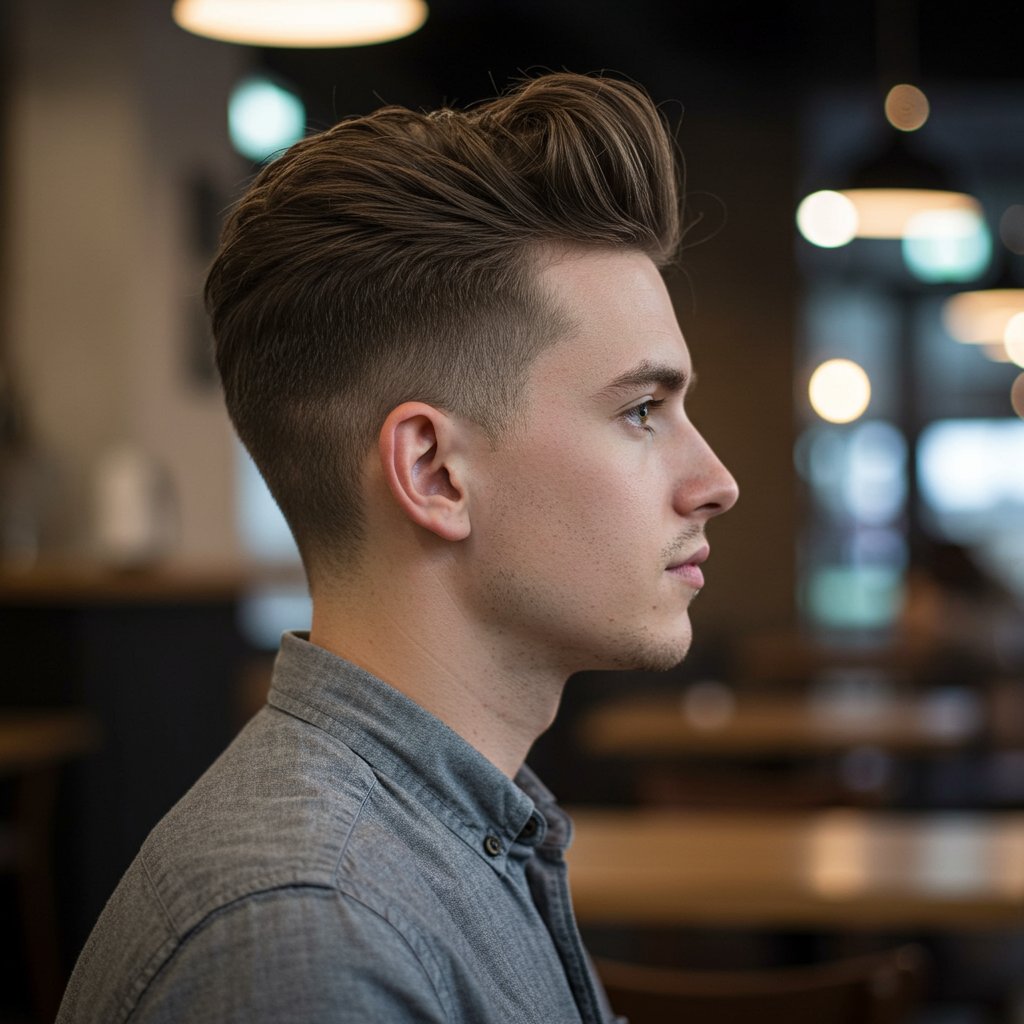
Who is the low fade for? It's the ideal choice for professionals, individuals trying a fade for the first time, or anyone who prefers a more conservative and refined look. It offers the clean, modern appeal of a fade haircut while maintaining a sense of classic style. Because the transition happens so low, it's also a great option for men with beards, as it allows for a seamless blend from the sideburns into the facial hair. When discussing this style with a stylist, mentioning keywords like 'subtle,' 'blended just above the ear,' and 'clean neckline' will ensure you get that perfect, understated finish.
The Mid Fade: The Goldilocks of Tapered Styles
Striking the perfect balance between the subtlety of a low fade and the boldness of a high fade, the mid fade is arguably the most popular and versatile choice. As the name suggests, the transition in a mid fade starts at a point midway up the sides and back of the head, typically around the level of the temples. This creates a more noticeable contrast than a low fade but remains less dramatic than a high fade, offering a clean and contemporary look that suits almost everyone.

The versatility of the mid fade is its greatest strength. It provides a distinct separation between the sides and the top, which helps to accentuate the styled hair above. This makes it a fantastic canvas for a variety of popular hairstyles, including the pompadour, slick back, and modern crop tops. The mid fade works well with most face shapes and hair types, from straight and fine to thick and wavy. It's a modern classic that delivers a sharp, stylish, and balanced appearance, making it a reliable go-to for anyone looking to update their look with a fade that's both fashionable and adaptable.
The High Fade: A Statement of Confidence
For those who want a sharp, edgy, and high-impact look, the high fade is the ultimate choice. This style features a transition that begins high up on the sides and back of the head, often starting at or above the temples. The fade line is crisp and defined, creating a dramatic contrast between the buzzed sides and the volume and texture on top. This is a bold haircut that exudes confidence and makes a strong style statement.
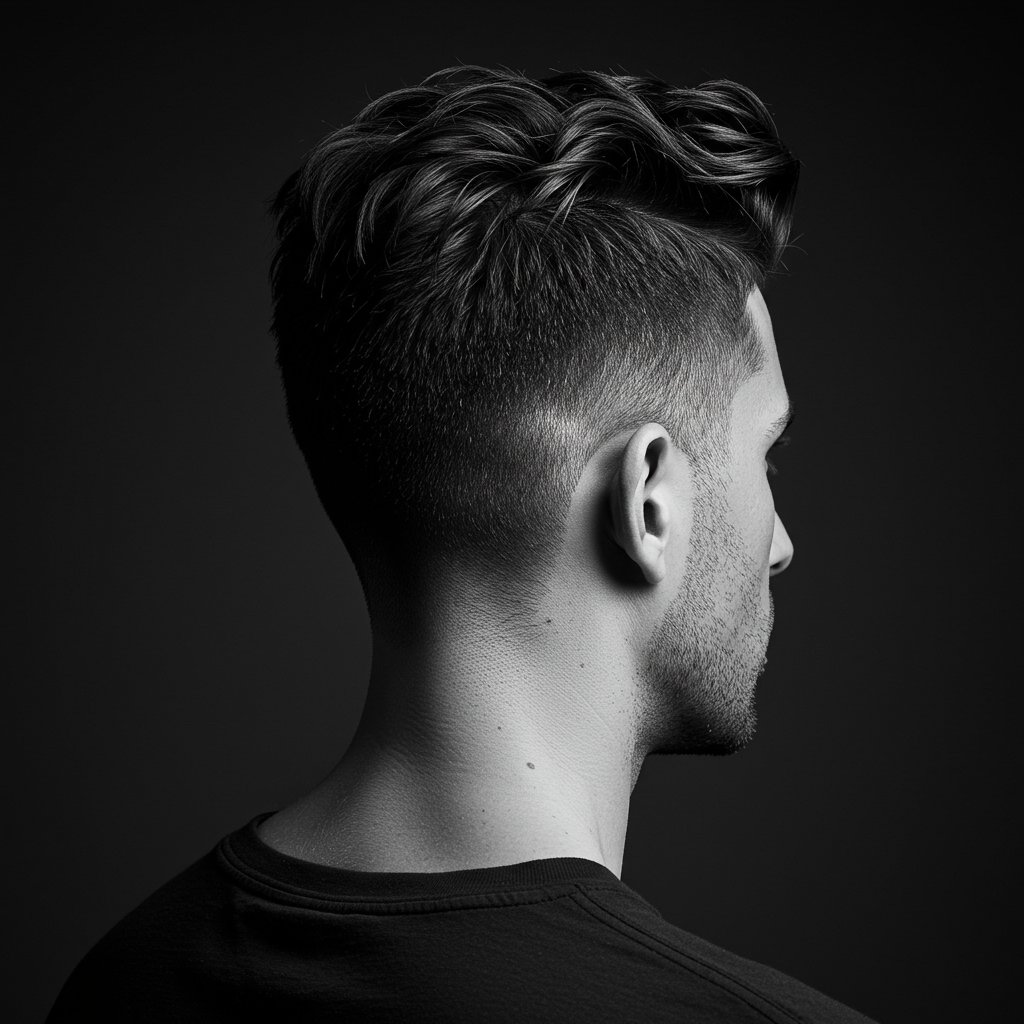
The high fade is perfect for drawing attention to the hairstyle on top and can be used to create strong, architectural shapes. It pairs exceptionally well with voluminous styles like a high pompadour, a sharp faux hawk, or structured quiffs. Due to its dramatic nature, it's particularly flattering for men with round or square face shapes, as it can add the illusion of length and height. However, it requires confidence to pull off and regular maintenance to keep the lines sharp. If you're looking for a haircut that is undeniably modern and commands attention, the high fade is an excellent option.
Exploring Specialty Fades: Beyond the Standard
While low, mid, and high fades form the foundation of tapered styles, the artistry of modern barbering has given rise to several creative variations. These specialty fades offer unique shapes and lines, allowing for even greater personalization. They showcase a stylist's technical skill and can turn a great haircut into an unforgettable one.
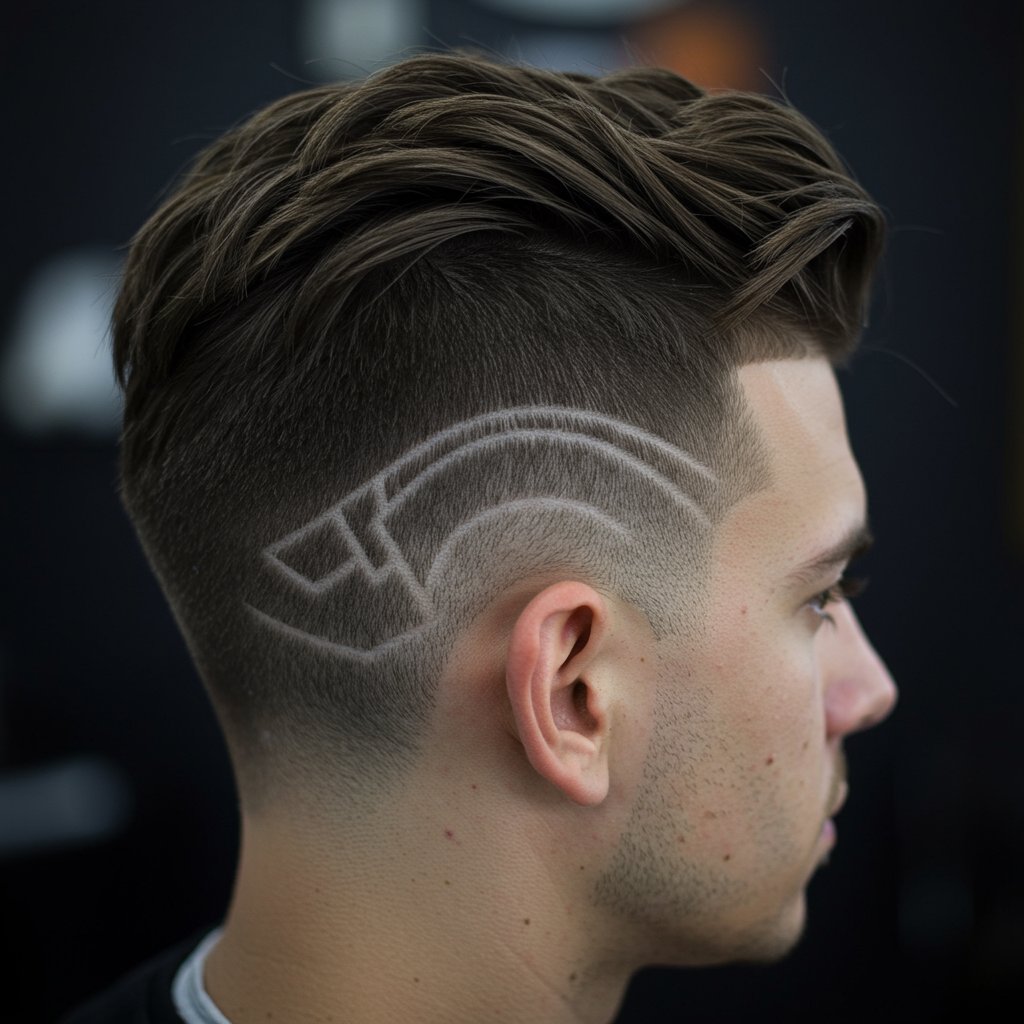
The Skin Fade (or Bald Fade)
A skin fade, also known as a bald fade, isn't a placement (it can be low, mid, or high) but rather a finish. It refers to any fade that blends down to the bare skin, using clippers without a guard and often finished with a foil shaver for an ultra-smooth result. This creates the sharpest possible contrast and an exceptionally clean look. The skin fade is a popular choice for its crisp, modern aesthetic and is often combined with a sharp line-up or a hard part for added definition.The Drop Fade
The drop fade adds a creative twist to the standard fade. Instead of following a straight line around the head, the fade line 'drops' down as it moves from the temples to the back of the head, curving around the ear and descending towards the nape. This arc creates a more natural, rounded shape that follows the contour of the head. The drop fade is visually interesting and adds a unique element of design to any haircut, working well with both short and longer styles on top.The Burst Fade
The burst fade is a distinct and stylish variation that is localized around the ear. The hair is cut in a semicircular shape, 'bursting' out from behind the ear and fading down into the neckline. The rest of the hairline, particularly at the back, is often left longer, creating a look similar to a mohawk or faux hawk. This style is bold and trendy, perfect for those who want a standout look. It's especially popular with curly or textured hair, as it emphasizes the natural volume on top and in the back.Matching the Fade to Your Face Shape and Hair Type
Choosing the right fade isn't just about picking a style you like; it's about finding one that complements your unique features. A great stylist will consider your face shape, hair type, and even your hairline to recommend the most flattering cut. For example, men with rounder faces can benefit from a high fade, as the height on top and short sides create an elongating effect. Conversely, those with longer or oval faces might prefer a low or mid fade to maintain balance and avoid adding too much height.
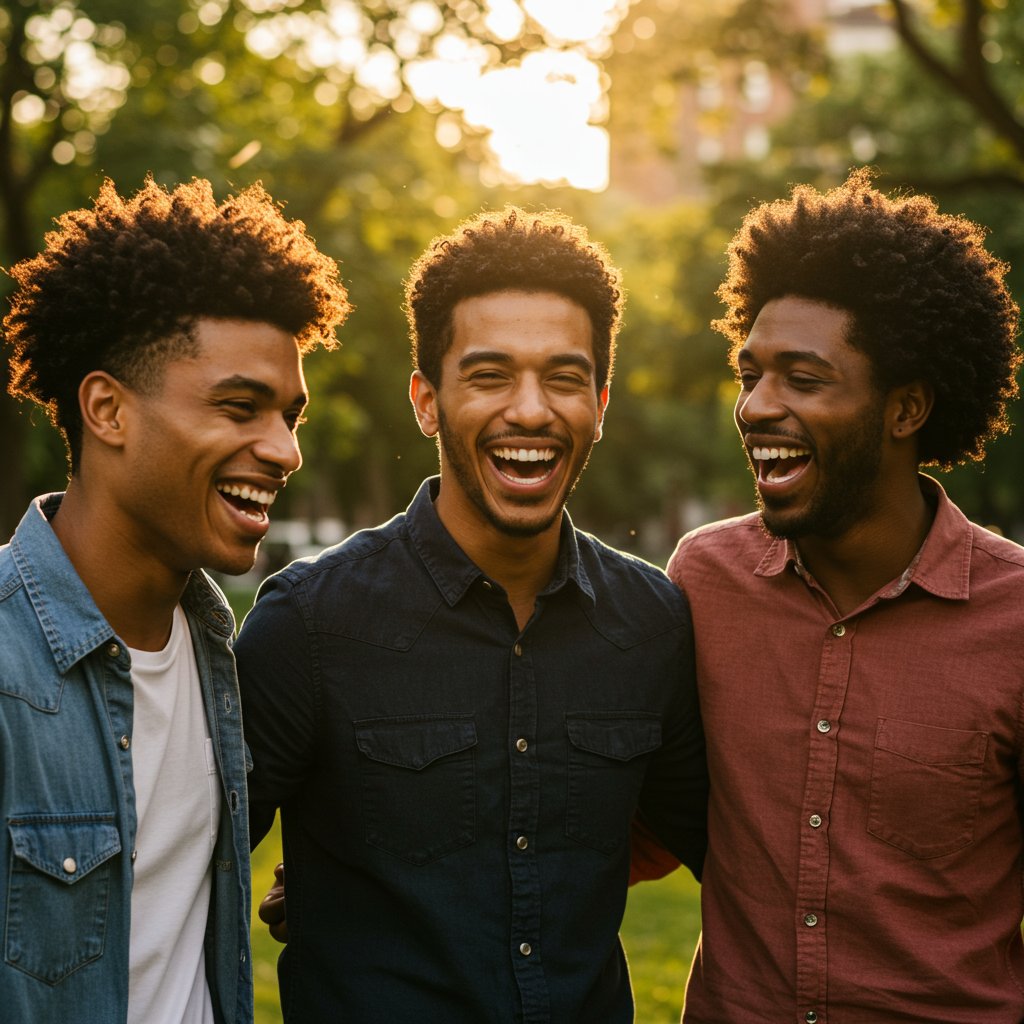
Your hair's texture and density also play a significant role. Thick, coarse, or curly hair is perfect for creating high-contrast skin fades, as the density of the hair on top stands out dramatically against the faded sides. Skilled stylists can use a fade to manage unruly curls and create a clean, controlled shape. For those with fine or thinning hair, a lower fade might be more suitable. A skin fade can sometimes accentuate a receding hairline, whereas a carefully executed taper or low fade can create a fuller appearance. Consulting with an experienced professional is the best way to determine the optimal fade for your specific characteristics.
How to Maintain Your Perfect Fade at Home
A fresh fade looks incredibly sharp, but maintaining that crispness requires a bit of effort. Because fades, especially skin fades, involve very short hair, regrowth becomes noticeable quickly. To keep your haircut looking its best, plan on visiting your stylist or barber for a touch-up every 2 to 3 weeks. This will keep the blend seamless and the lines clean. Between visits, there are several things you can do to prolong the life of your style and keep your hair healthy.
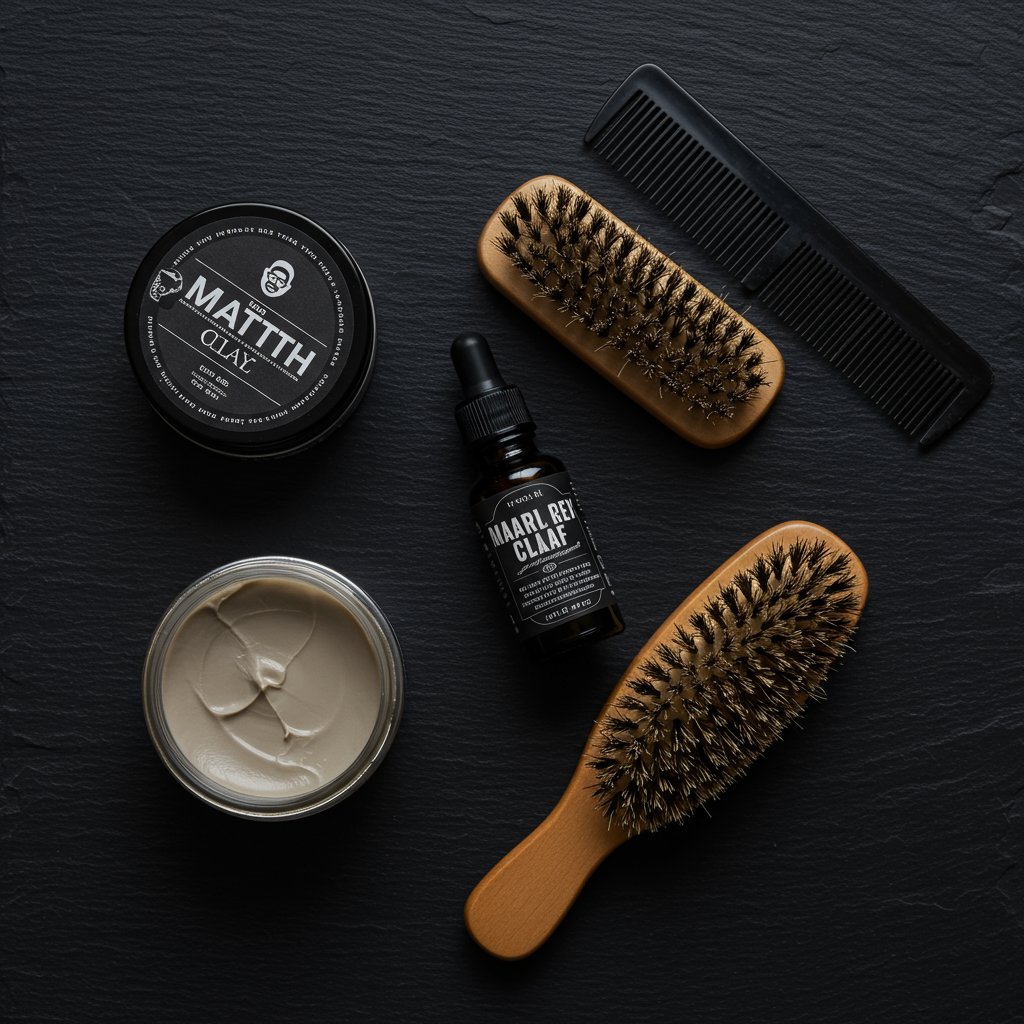
Using the right products is essential. A quality pomade, wax, or clay will help you style the longer hair on top and maintain the shape of your cut. Choose a product based on your desired finish—matte for a natural, textured look, or high-shine for a classic, polished appearance. Additionally, scalp health is crucial. When the sides are faded down to the skin, any dryness or irritation becomes more visible. Use a moisturizing shampoo and conditioner, and consider applying a light, non-comedogenic moisturizer or aftershave balm to the faded areas to prevent dryness and keep the skin looking healthy.
Frequently Asked Questions About Fade Haircuts
How often should I get my fade touched up?
To maintain a sharp look, especially with a skin fade, a touch-up every 2-3 weeks is ideal. For lower, more conservative fades, you might be able to stretch it to 3-4 weeks. Regular maintenance is key to keeping the transition clean.What's the main difference between a taper and a fade again?
A taper is a gradual shortening of the hair that leaves some length at the hairline. A fade is a type of taper that continues all the way down to the skin, creating a 'fading' effect. All fades are tapers, but the reverse is not true.Can a fade haircut work with curly hair?
Absolutely! Fades are excellent for curly hair. They provide structure and control, keeping the sides neat while allowing the natural texture and volume of the curls to be showcased on top. A burst fade is a particularly popular choice for curly hair.What should I ask my stylist for to get the right fade?
Be specific. Use terms like 'low,' 'mid,' or 'high' to describe where you want the fade to start. Mention if you want a 'skin fade' for a bald finish. Bringing reference photos is one of the best ways to communicate exactly what you're looking for.Are fades still in style for 2025?
Yes, the fade remains one of the most popular and timeless elements in men's hairstyling. Its versatility and ability to be customized ensure its place as a modern classic. New variations continue to emerge, keeping the style fresh and relevant.What products work best for styling a fade?
This depends on your hair type and desired look. For a textured, matte finish, use a hair clay or paste. For a sleek, high-shine look like a pompadour, a water-based pomade is excellent. A light-hold cream can work well for a more natural, controlled style.Find Your Perfect Fade with a Professional Stylist
The fade haircut is a masterful blend of technique, precision, and personal style. From the understated low fade to the bold high and tight, there is a tapered style to suit every individual. By understanding the different types, considering your face shape and hair texture, and committing to proper maintenance, you can achieve a look that is both timeless and perfectly you. The key to unlocking your perfect fade lies in communication and expertise.
While this guide provides a comprehensive overview, the best results always come from a collaboration with a skilled hair professional. An experienced stylist can assess your features, discuss your lifestyle, and execute a flawless, customized fade that exceeds your expectations. They can provide personalized styling advice and recommend the right products to keep your hair looking its best long after you leave the salon. Ready to find your signature look? A consultation with a professional is the first step toward achieving your perfect fade.


